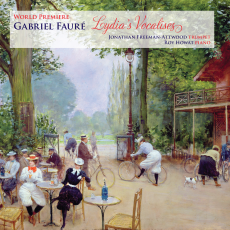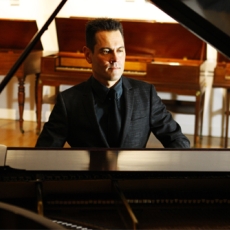Jonathan Freeman-Attwood - Faure - MusicWeb International
This is an intriguing disc.
It is not often that you hear world premières of newly discovered music by such
a well known and major composer as Fauré. This is exactly what we have here.
These Vocalises
date from between 1906 and 1916, when Fauré, as director of the Paris
Conservatoire, sought to rethink the way singing was taught. In came the study
of the Mélodie or French art-song supplanting second rate grand-opera which had
been the mainstay of teaching there for decades. As part of this new emphasis,
Fauré composed a series of Vocalises which would be used as part of the
sight-reading exams. These short pieces eventually fell out of use some years
after Fauré's death and the scores were then stored in the French National
Archive. There they lay for over fifty years before being edited by Roy Howat and Emily Kilpatrick for
Peters Critical Edition of the composers complete songs, which was published in
2013. So the question is raised: why should these essentially vocal works be
performed, especially in their première recording? In his booklet notes, Roy
Howat argues that these pieces "were deliberately designed to test vocal
technique to the limit ...", and that they can be appreciated more comfortably on
the trumpet. Whatever the argument they work quite well on the trumpet. Yes, it
would have been nice to hear them in their original vocal edition, but in lieu
of this, the present recording makes an interesting introduction to the music.
This is, after all, only what normally happens to popular vocalises in the end.
The Vocalises are
short and range from 0:24 to 2:23 in length but even in the shortest a degree
of dexterity is displayed that would tax any performer, whether it be on the
trumpet or the human voice. The music is by one of the finest of all French
composers of the art-song, and Fauré brings to these short pieces all the
skills that he employed in his songs. In this respect the performance of
Jonathan Freeman-Attwood is excellent as he produces a subtle and pleasing
tone. He is also well partnered by Roy Howat, who shows that he is a fine accompanist
as well as editor and essayist.



